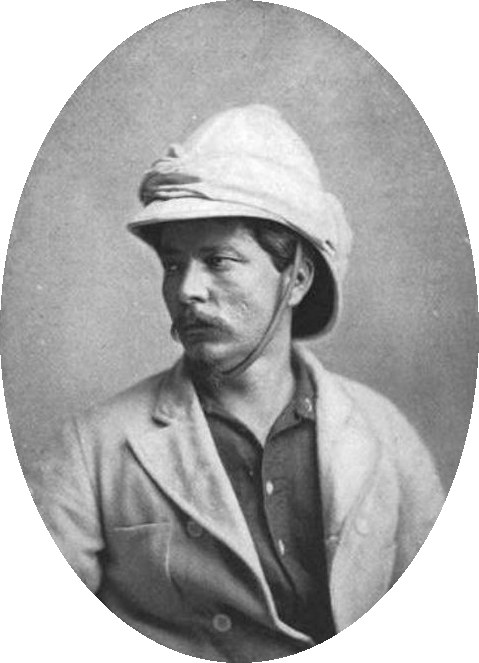 It’s always hard to mark up your mind about the way the world is heading. I am generally quite optimisc, believing in Ester Boserup’s population theories and “necessity is the mother of invention”. With my Year 10 students, we do an opinion line where they place themselves according to the “Boomster vs Doomster” opinion line. The Boomster side is Ester Boserup and Julian Boserup, the Doomster side are the Malthusians and the Neo-Matlhusians. When I do that activity in class, most students cluster towards the middle / optimistic side, while there are always some who choose one of the opposite ends; and are able to defend their position very strongly.
It’s always hard to mark up your mind about the way the world is heading. I am generally quite optimisc, believing in Ester Boserup’s population theories and “necessity is the mother of invention”. With my Year 10 students, we do an opinion line where they place themselves according to the “Boomster vs Doomster” opinion line. The Boomster side is Ester Boserup and Julian Boserup, the Doomster side are the Malthusians and the Neo-Matlhusians. When I do that activity in class, most students cluster towards the middle / optimistic side, while there are always some who choose one of the opposite ends; and are able to defend their position very strongly.
Next time I do this in class, I plan to show them two videos from TED2012. This came from a post by @BiologyStephen on http://i-biology.net/2012/03/02/so-is-the-earth-full-or-is-abundance-our-future-ted2012/
Here are the two videos: Continue reading “#Abundance; some videos about an optimistic future”





